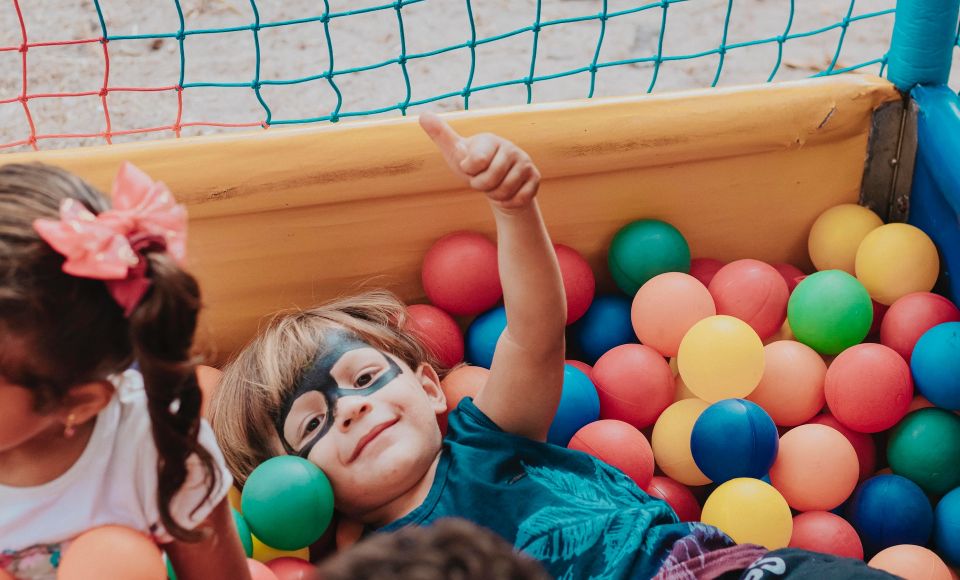Bridging the Divide
Bridging the Divide
“Bridging the Divide” is a term coined by Dr Gordon Neufeld, a renowned psychologist and expert in child development and attachment theory. It refers to the process of maintaining and strengthening the emotional connection between parents or caregivers and children during moments of separation. The concept acknowledges that break can be challenging for children, and it seeks to ease this transition by emphasising the importance of the emotional bond.
Critical Principles of Bridging the Divide:
- Anticipating Reunion: When children are about to experience a separation, such as going to school, Dr. Neufeld encourages parents and caregivers to focus on the upcoming reunion. This shifts the child’s attention from the break itself to the anticipation of reconnecting later in the day.
- Positive Expectations: Discuss with your child the enjoyable activities you plan to do together when you’re reunited. This could be anything from baking cookies to reading a bedtime story. By creating positive expectations about the return, you reinforce the idea that being apart is temporary and the absolute joy lies in being back together.
- Emphasizing Connection: Keep the connection alive even when physically apart. Encourage your child to hold onto a symbol of your relationship, such as a locket, a note, or a particular item. This tangible reminder serves as a source of comfort and security throughout the day.
- Emotional Well-Being: By implementing “Bridging the Divide”, caregivers help children manage their separation anxiety and emotional distress. This approach promotes emotional well-being, resilience, and a positive outlook on separations.
“Bridging the Divide” is a powerful concept introduced by Dr. Gordon Neufeld to support children during separation from their parents or caregivers. By emphasizing the anticipation of reuniting, creating positive expectations, and maintaining the emotional connection, caregivers can help children navigate separations with greater ease and confidence. This approach fosters strong attachment bonds and contributes to children’s emotional and psychological development.



